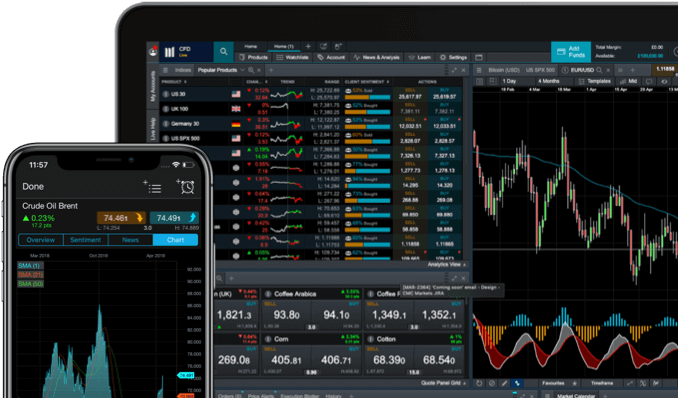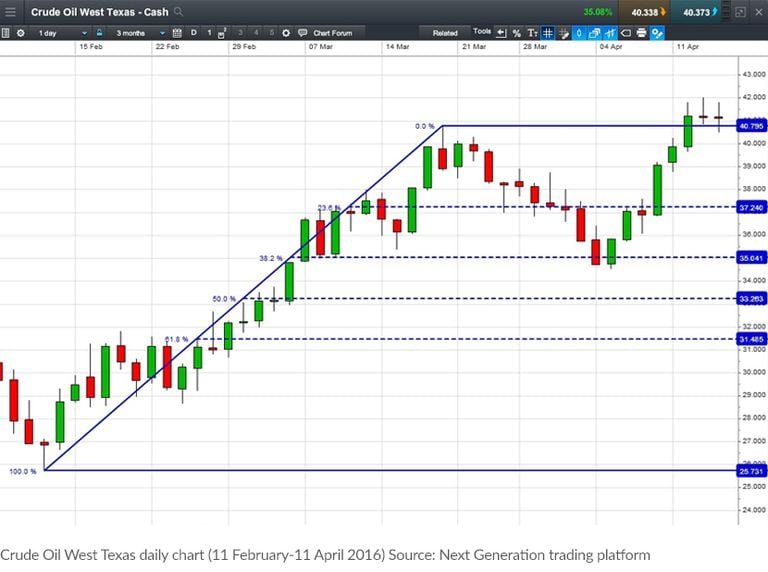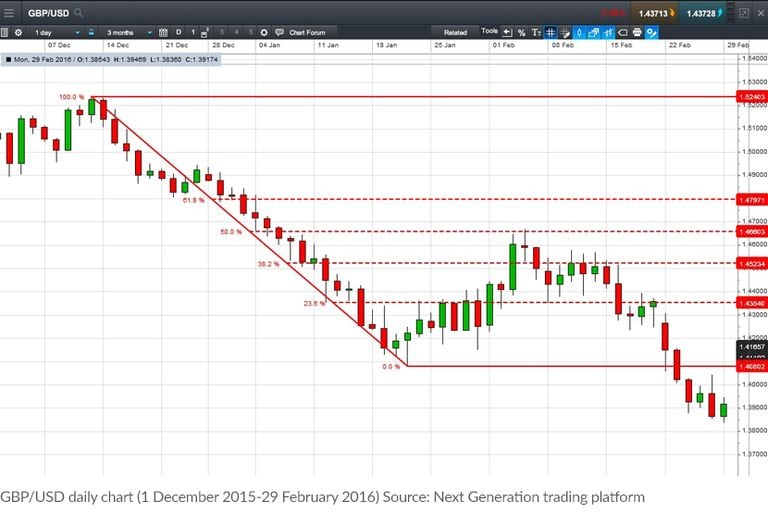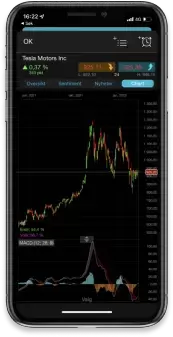If used correctly, Fibonacci trends can help you identify upcoming support and resistance levels based on past price action.
Leonardo Fibonacci was a mathematician born in 1170 AD. From his work we get the Fibonacci sequence of numbers, and also the golden ratio. The Fibonacci sequence is a series of numbers where the next number is simply the sum of the two preceding numbers. So for example it would run 1, 1, 2, 3, 5, 8, 13, 21, 34, and so on.
It’s based on the rate of reproduction of two theoretical rabbits and the subsequent population growth if the following generations continued to reproduce. At first glance it may seem somewhat confusing to find there’s a connection between a 12th century mathematician, the rate at which rabbits reproduce and predicting the future direction of the financial markets using technical analysis. So why is this series of numbers so important for traders?



